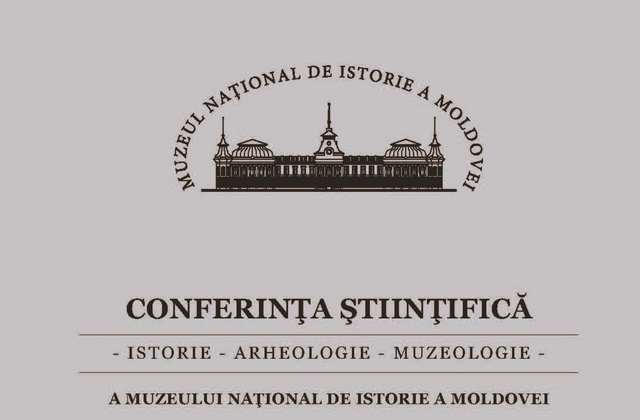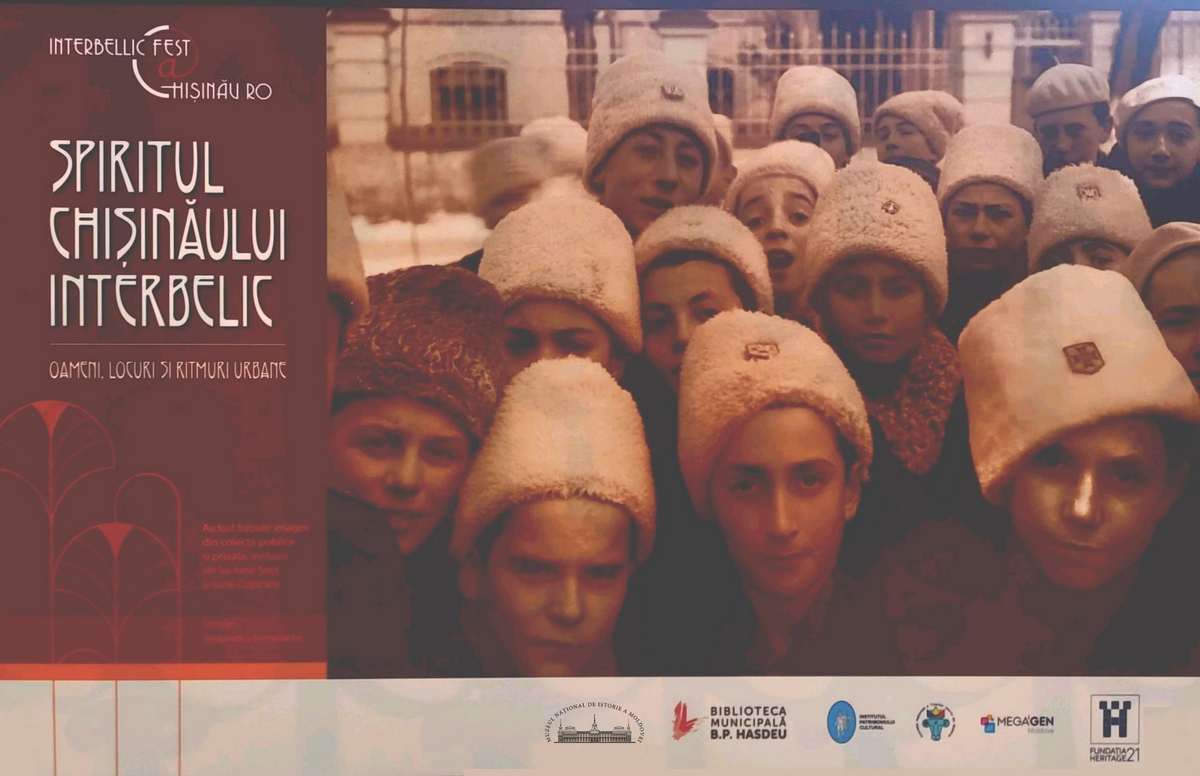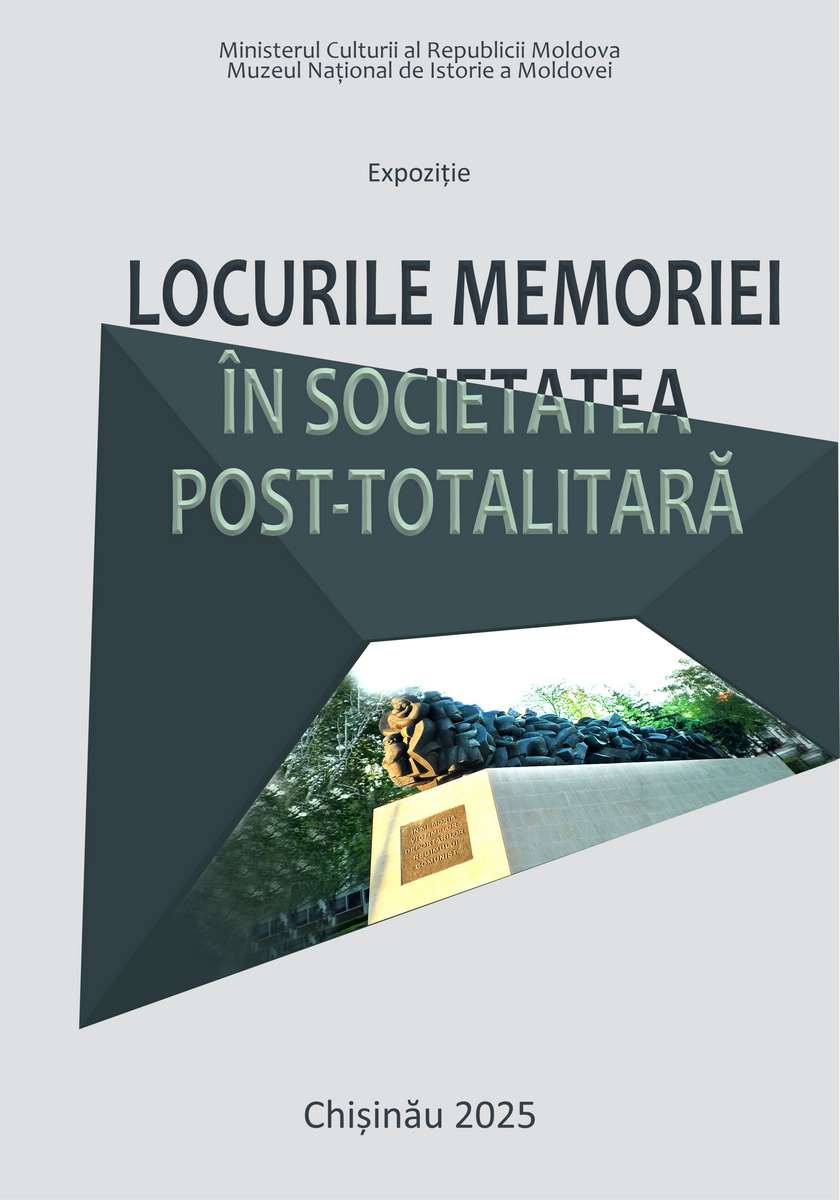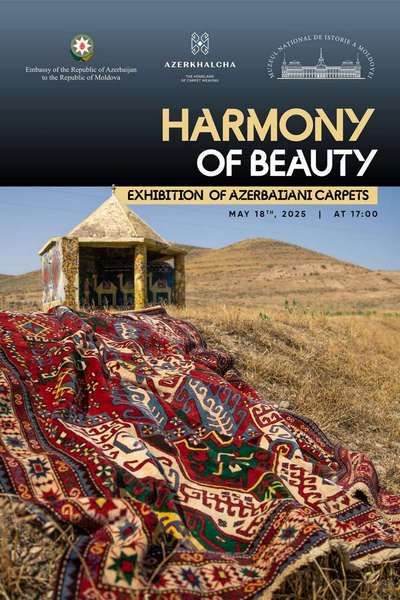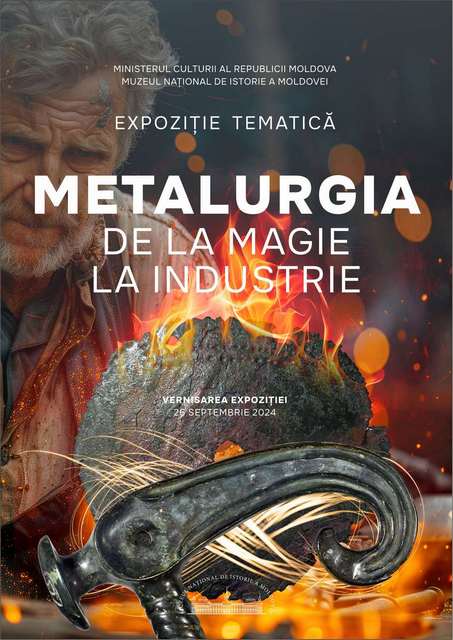The exhibition entitled “In the World of Toys” brings together over 300 objects dated from the 4th millennium B.C. to 2010, for the most part from private collections. The exhibits were selected by the criteria of exceptional state of conservation, intrinsic value, and uniqueness. The work in collaboration with the State University, Teleradio Moldova Studio, and collectors from the Republic of Moldova and Romania revealed extremely interesting items in terms of science, esthetics, and origin.
The history of toys evidently is as old as the history of human world. The oldest toys were made of materials found in nature, such as wood and clay. So, the exhibition presents an ensemble of figurative objects: rattles of the 4th millennium B.C. (National Museum of Archaeology and History of Moldova), anthropomorphic figurines dated from the 4th century B.C. (Museum of Antiquities of the State University of Moldova), zoomorphic figurines and miniature vessels of the 9th-10th centuries A.D. (National Museum of Archaeology and History of Moldova). The exhibition is continued with wooden toys (Ion Podaru’s collection), ceramic whistles (Iurie Caminschi’s collection), wooden pipes (Grigore Posternac’s collection), dolls of straw and corn husk (collections of Natalia Cangea and Vera Muzlaeva).
Another category of toys, which gives a shade of elegance to the exhibition, consists of dolls of papier-mâché and porcelain made in France, Germany and USA. Of particular interest is a doll of papier-mâché and porcelain made in France in 1860 (Mihai Ciocanu’s collection). The exhibition also includes dolls made of porcelain in 1920, 1960-90 (Galina Kharzhevskaya’s collection).
The next part of the exhibition brings together plastic, celluloid, and rubber dolls made in Germany (1960-1990) and USSR (1950-1990). The most interesting are toys produced by the Durlesti Dolls Factory, the only enterprise of this kind in the territory of the Republic of Moldova during 1960-1990.
A special group of exhibits consists of the toys for boys: tin soldiers (Emma Azina’s collection), toy cars (collections of Sergiu Gutu and Iurie Revenco), and toy trains (Victor Tocmacov’s collection).
On display there are also puppets of the Prichindel TV Puppet-show and the Guguta Municipal Puppet-show. The exhibition is complemented with works of the Origami Center Moldova, illustrated postcards and photographs from the collections of the National Museum of Archaeology and History of Moldova, the Nina Djos’s collection of dolls in national costumes, and teddy bears (Tatiana Sukhoparenko’s collection).
The exhibition ends with a group of contemporary toys, such as the dolls of Cleopatra (Valentina Anton’s collection), Bratz, and Barbie, the Disney characters. The exhibition will be open to the public from December 16, 2010 to February 16, 2011.
 31 August 1989 St., 121 A, MD 2012, Chisinau, Republic of Moldova
31 August 1989 St., 121 A, MD 2012, Chisinau, Republic of Moldova



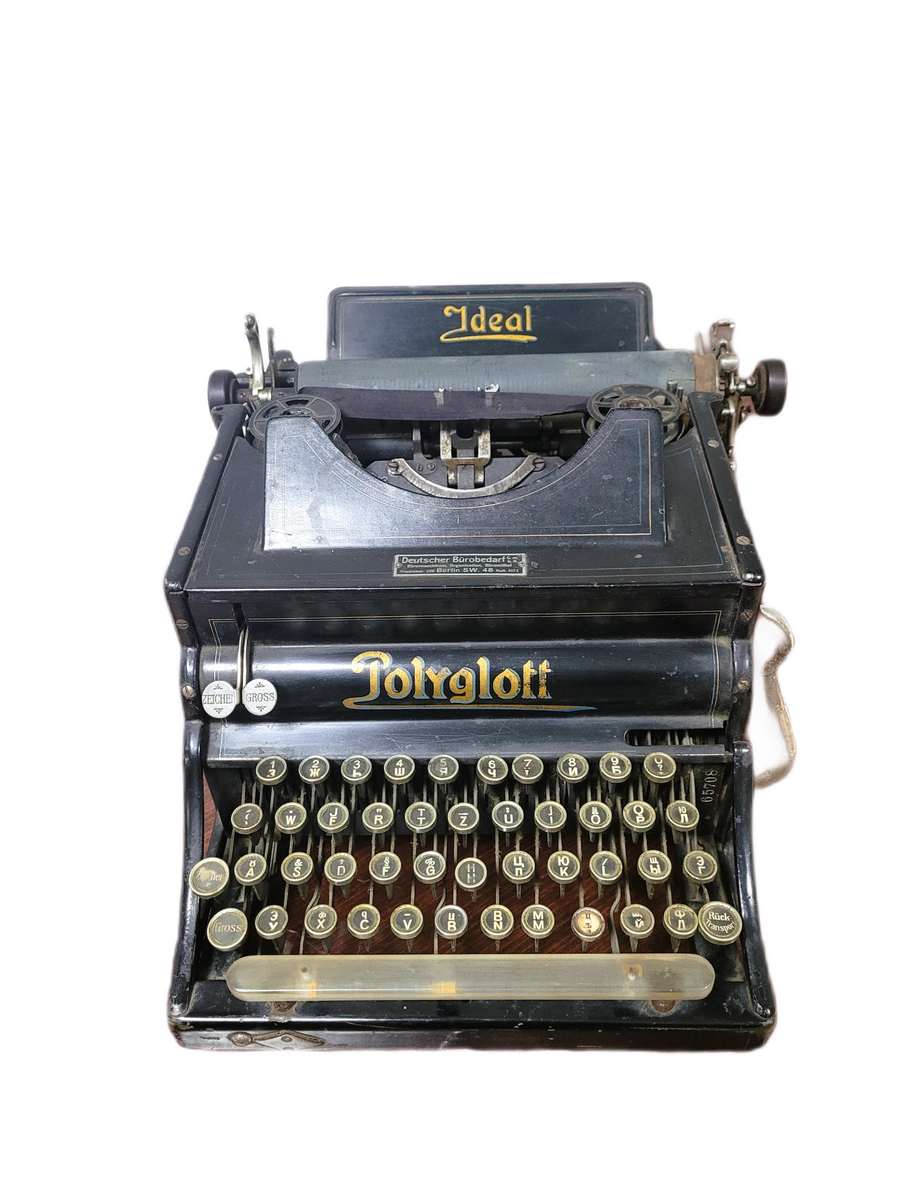
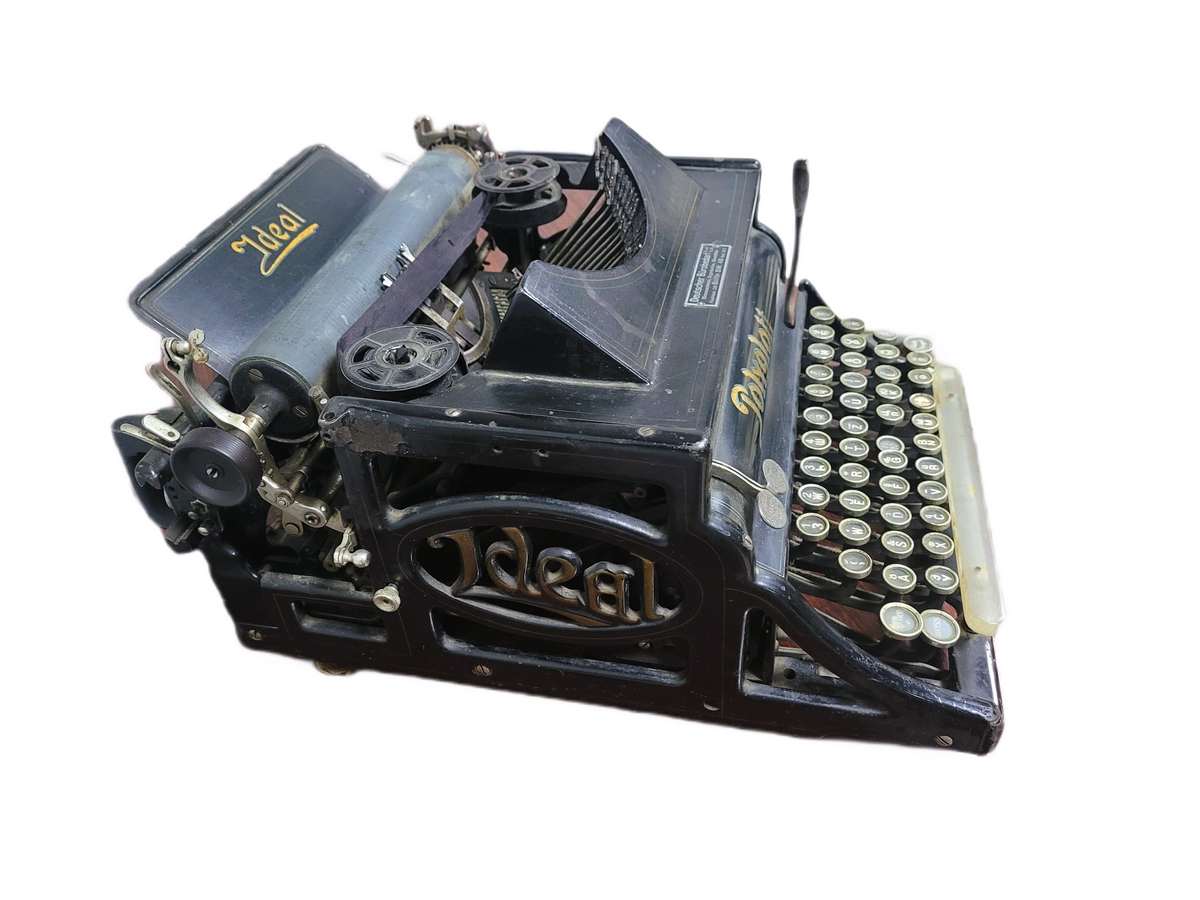 The side panels are elegantly decorated with refined cast-iron elements in the Art Nouveau style, displaying the brand name - "Ideal." The Polyglott model, featuring a bilingual keyboard patented in the United Kingdom by Max Klaczko from Riga, Latvia, was produced between 1902 and 1913, marking the first typewriter capable of writing in two languages. The "Ideal Polyglott" typewriter was actively sold in the Russian Empire and gained significant popularity in Poland, Bulgaria, and Serbia.
The side panels are elegantly decorated with refined cast-iron elements in the Art Nouveau style, displaying the brand name - "Ideal." The Polyglott model, featuring a bilingual keyboard patented in the United Kingdom by Max Klaczko from Riga, Latvia, was produced between 1902 and 1913, marking the first typewriter capable of writing in two languages. The "Ideal Polyglott" typewriter was actively sold in the Russian Empire and gained significant popularity in Poland, Bulgaria, and Serbia.
































